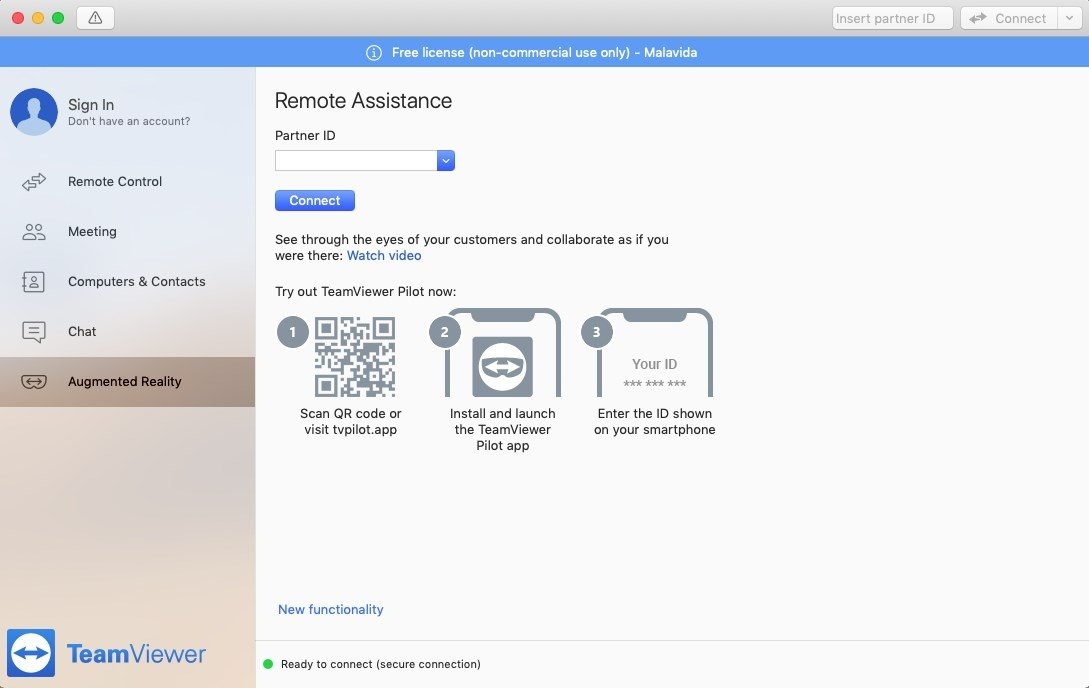


Jamf Pro Settings -> Global Management -> Remote Administration: Next, we move to Jamf Pro to enable our integration. Give the token a name and make sure to put the Session Management privileges to Create, view and edit all sessions. Navigate to your profile and click edit profile -> apps -> create script token. For this you’ll need to login to the TeamViewer Management Console first.

So, with those requirements in mind, let’s dive right into it!įirst thing to do is to create the script token in TeamViewer. For more information, see Jamf Self Service for macOS Notifications. To send Self Service notifications, you must configure them in the Interaction section of the Self Service settings in Jamf Pro.You’ll need to create a script token for Jamf Pro configured in TeamViewer.You’ll need a TeamViewer account with administrative privileges and Jamf Pro user account with Remote Administration privileges.
#Teamviewer for mac full#
If there are no sites in your environment, you can add a TeamViewer configuration in the full context of your Jamf Pro instance.” This means Jamf Pro allows you to add one configuration per site. “ TeamViewer integration is site specific.From a firewall perspective port 5938 needs to be open inbound your target devices.While I’d recommend to give it a good read, let me highlight a view important items here:
#Teamviewer for mac install#
It may be weird to move the deployment of TeamViewer to a second post… as you’ll actually need it to test what I’m going to talk about today, however, because it needs some additional scripting I prefer to just do the basics now and install TeamViewer manually on my target test computer.ĭon’t worry, while for now we’re going to install TeamViewer manually, I’ll share and discuss the necessary scripting in my second post!


 0 kommentar(er)
0 kommentar(er)
